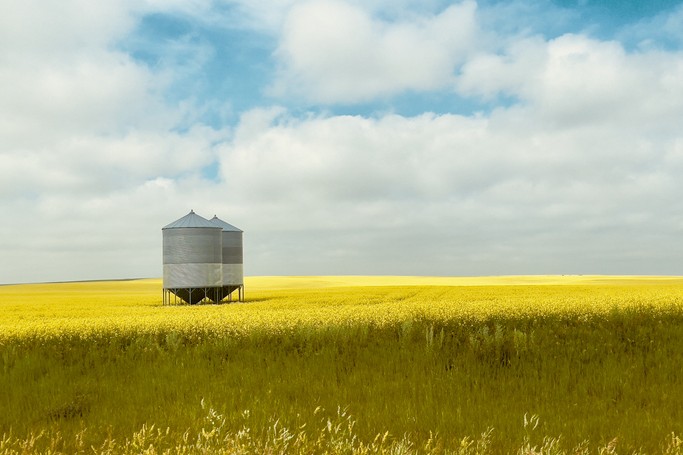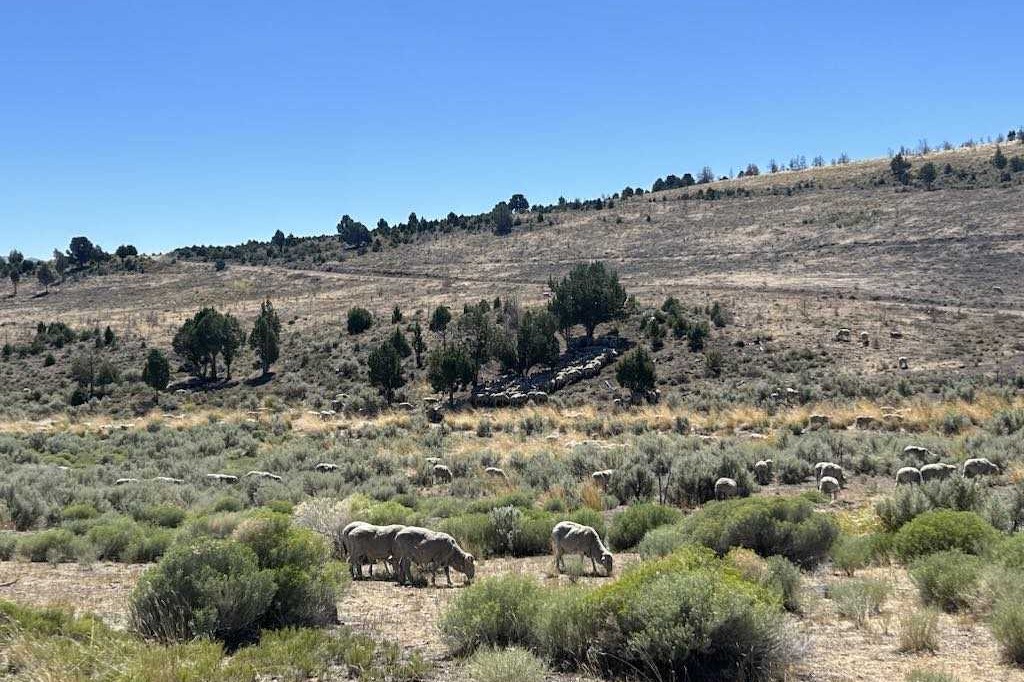As the freshwater monster circles, Gaye Coates learns how to tame it.
As the concluding pages of 2020 unfold, if I had to assign some form of imagery to the months that have passed, I would ascribe this year as being of taniwha proportions, both in size and characteristics. And definitely for us, this taniwha has been a freshwater dweller whose confronting character has been difficult to hide from.
One of the great things about being a farmer is that we have no shortage of learning opportunities and there exists a range of very accessible forums that focus and prepare us for whatever farming challenge is about to leap next over our fences. The downside of this constant narrative is that there is never the leniency of naivety and there are very conspicuous reminders of what is looming ahead.
I once read that taniwha are greatly misunderstood, largely because it is difficult to see past their oversized and threatening physical persona. I understand why.
This last year, the freshwater prompts have been particularly persistent and pernicious in our farming thought processes. Over the last year we have written submissions, attended workshops, watched webinars, talked to other farmers and read a countless number of columns and articles in both farming publications and mainstream media platforms. Combined, they have intimidated my mind.
Recently we made a tentative but nevertheless formal start to putting together our farm environment plan (FEP). Like most farmers, we are hoping that reasonable sense will be seen and some changes will be made to “those” Freshwater instructions that at least consider regional specifics. But, starting a FEP before we have to did seem a manageable way of thinking accurately and rationalising just how to tame the monster.
It was a relevant time to make a start. A well-behaved winter had given way to a tantrum that too often typifies a West Coast spring.
Our environmental weaknesses poured in with 1100mm of rain over 12 weeks and put our green conscience firmly on our right shoulder. Our two feet alone left an impression on the ground that would incur the wrath of David, and paddocks succumbed despite some well-thought-out strategies to mitigate the realities of grazing a grass-based farm in adverse weather.
Repairing those paddocks sacrificed was only able to be done after the deluge paused at the end of November. Similarly, putting winter crop paddocks into grass fell well short of the future consigned October 1 goalpost but was done at the first pragmatic opportunity.
A nagging self-doubt lingered that pragmatism no matter how well-executed or science-based would never be seen as good enough.
We sat down with someone more knowledgeable than us about the process of identifying and responding properly to onfarm environmental risks. It was a rudimentary start to what will be an ongoing approach, but it felt surprisingly okay. It actually felt good to converse with someone objective to the workings of our farm and the environmental directives.
It felt all right to be upfront and honest, and to expose our weaknesses both onfarm and personally. We annotated the things we could do rather than what we couldn’t do. We were given a place to start with some low-input first steps: some staff training, a simple contingency plan to write should the effluent pump fail, using a different gateway to move stock through, measuring what our effluent system does actually put out – all reasonably manageable things that would give us some fairly quick ticks of success.
There are of course some larger plans afoot that will require some significant capital investment and may well morph into a ferocious creature of their own. But, in the meantime making a start has given a little sense of control and quelled some of the fear that comes with confronting a monster.




